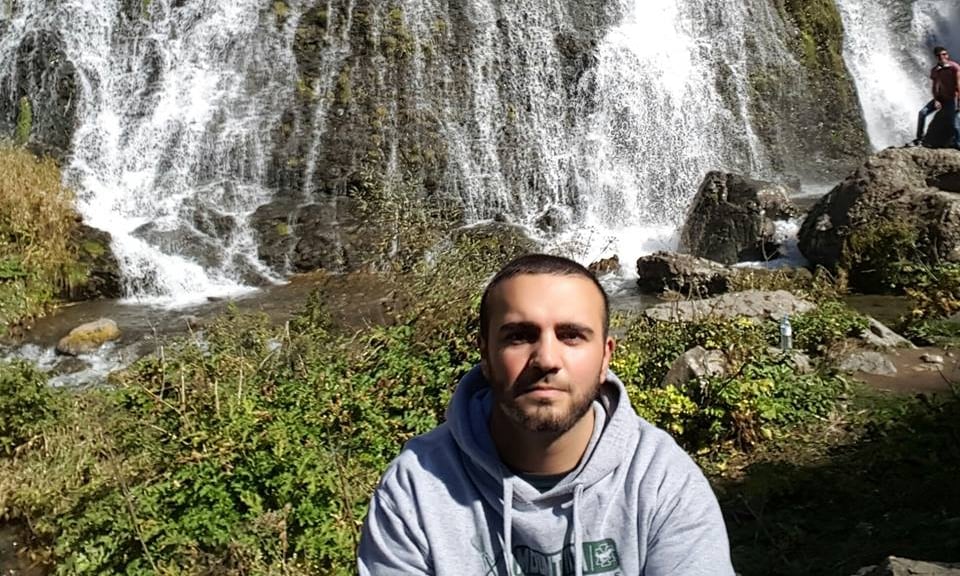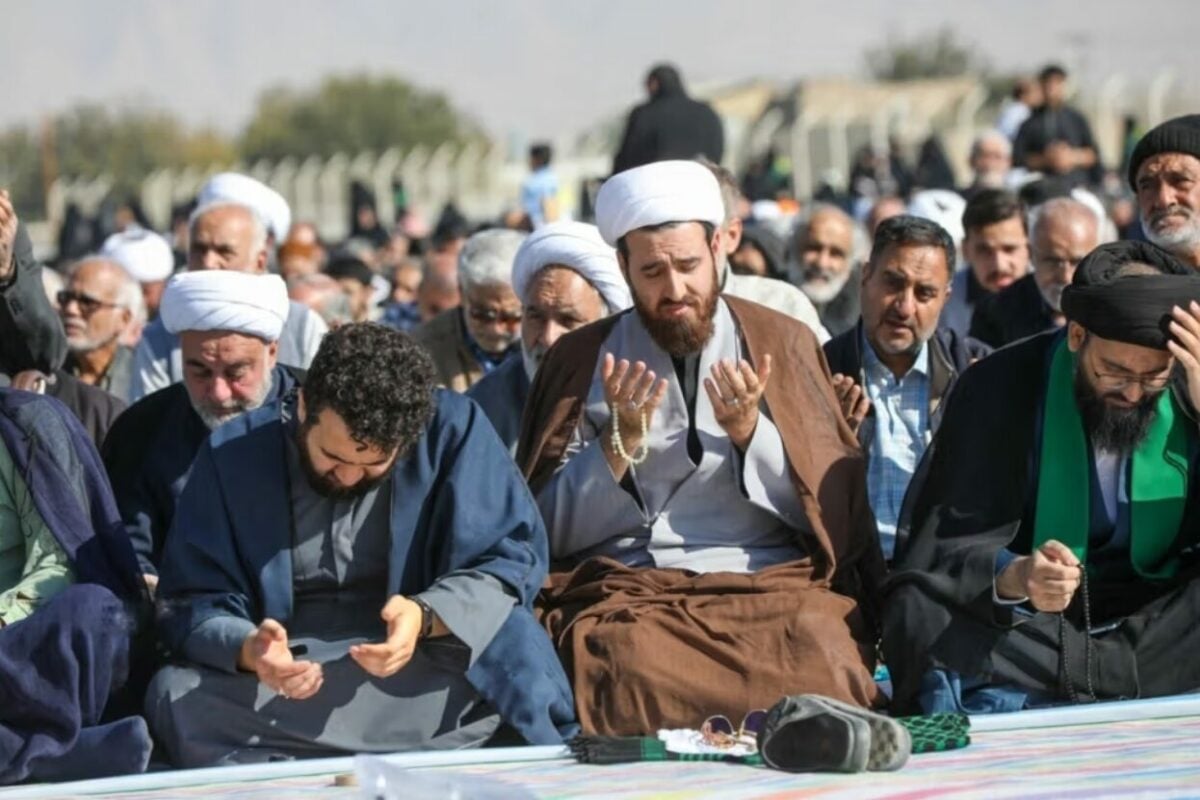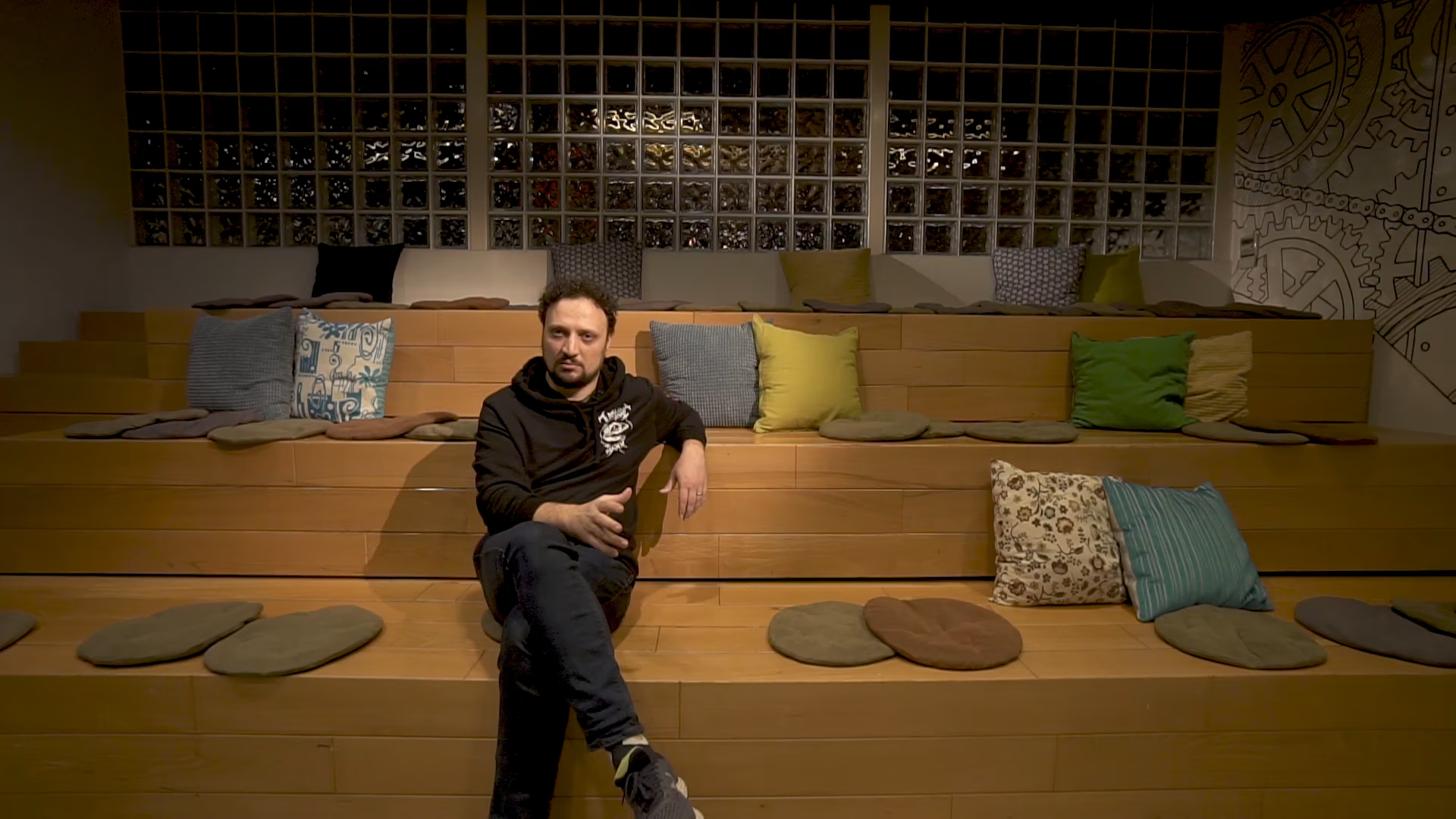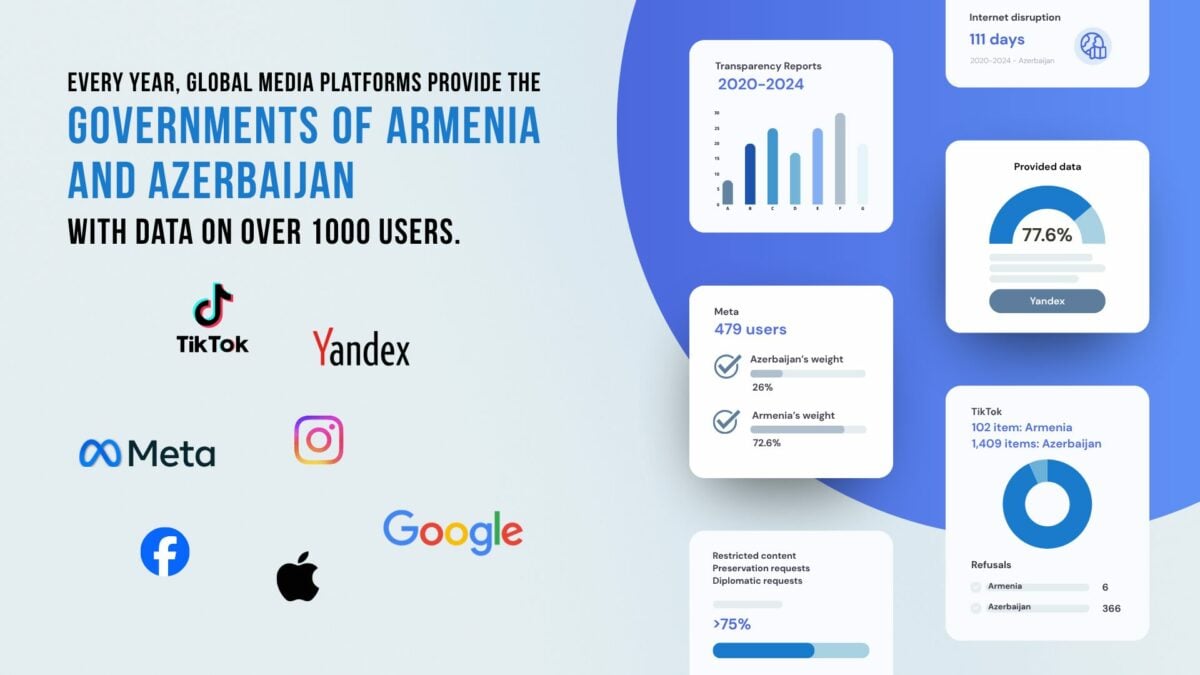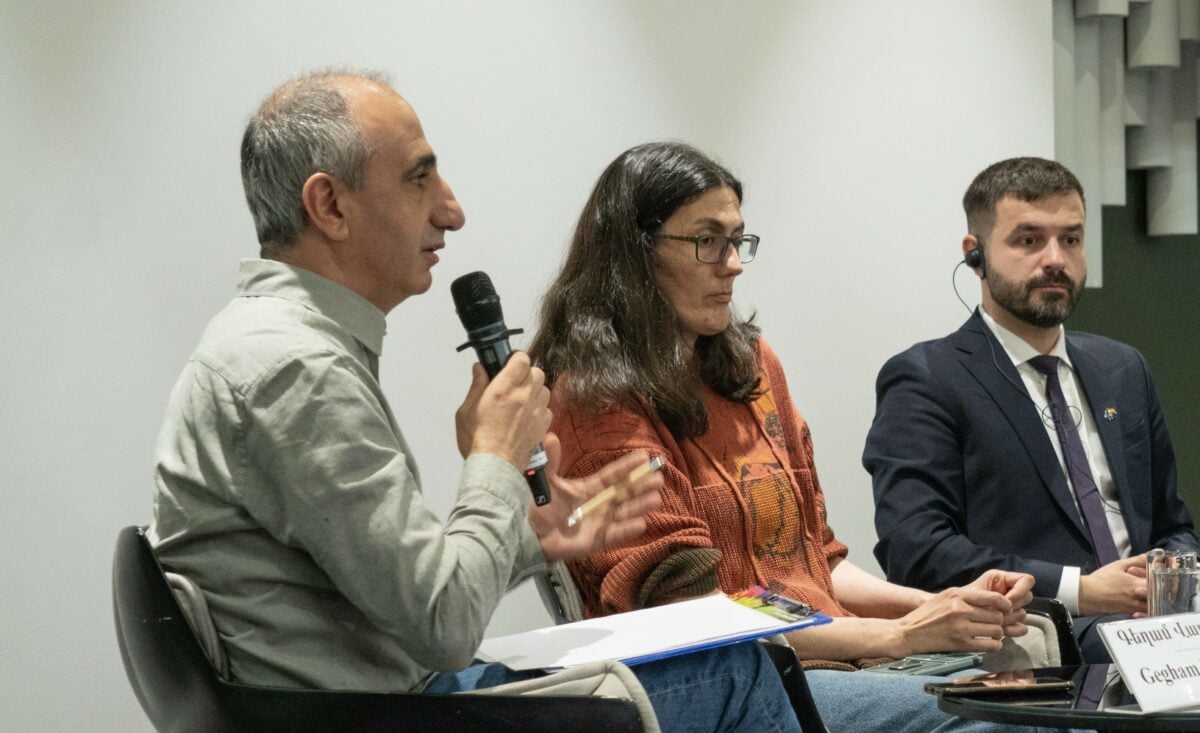Personal experience allows us to claim that in the digital age, coverage of conflicts has become easier in some respects, but in the torrent of information, one can have the knowledge, the ability to orient oneself, to distinguish between reality and falsehood. Coverage of conflicts is more difficult for foreign journalists and experts, most of whom have never set foot in the region and often lack access to the details of the conflict because of language barriers or not being there physically.
These and many other problems, however, can be neutralized through the most mature of the Internet. Foreign experts often address their audience with this or that question. For example, even experienced researchers can turn to their followers on social networks, such as Twitter, to identify a weapon.
In the same way, you can ask the Internet for help in locating a photo or video.
Christiaan Triebert, a reporter for the New York Times’ Visual Investigation Department, recently asked for information about the victims of the war in Tigris, Ethiopia, in the local language, the official language of Ethiopia.
Neither during the war in Artsakh, nor after its end, the parties did not provide official information and figures on military losses. The “Oryx” military blog, which was quite active on Twitter during the war in Artsakh, is the result of the cooperation of several experts working with open sources. They presented the losses of military equipment of the Armenian-Azerbaijani sides during the war. The information on the losses of the Armenian side calculated by “Oryx” based on the videos “pictures” published on the Internet by the Ministry of Defense of Azerbaijan has been widely used by the media, including the “Washington Post” and the Turkish state “Anadolu” agency. The reliability of military equipment losses presented by the blog is based on visual evidence. A photo of each piece of equipment is published in the blog, which shows them destroyed, damaged or taken by the enemy.
And any research on videos, photos, and other information that is generally available in open source can be incomplete, misleading, or false due to a number of factors. For example, information on the Internet or open-source may be incomplete and its analysis will not reflect the true picture as a result. Human error can affect the results of the research.
An example of incomplete information is the Stockholm International Peace Research Institute (SIPRI) military equipment trade database. Although the database contains comprehensive data on arms sales between countries, it does not contain any other data on arms trade between some countries. The reason for this may be the secret or illegal acquisition of weapons.
Similarly, The Military Balance Yearbook, published by the International Institute for Strategic Studies (IISS), contains incomplete information on countries’ armaments. Thus, according to the 2020 yearbook, Azerbaijan has the following types of unmanned aerial vehicles (UAVs): 7 Aerostar, 1 Heron; 10+ Hermes 450 and at least 1 Hermes 900. This is obviously incomplete information. For example, Azerbaijan definitely has Israeli Harop, Orbiter-1K and Orbiter-2, SkyStriker UAVs.
Naturally, in the context of covering the conflict, it is encouraged to follow the publications of experienced, impartial researchers who have no reason to deliberately provide incomplete or one-sided information to their audience.
Hovhannes Nazaretyan
